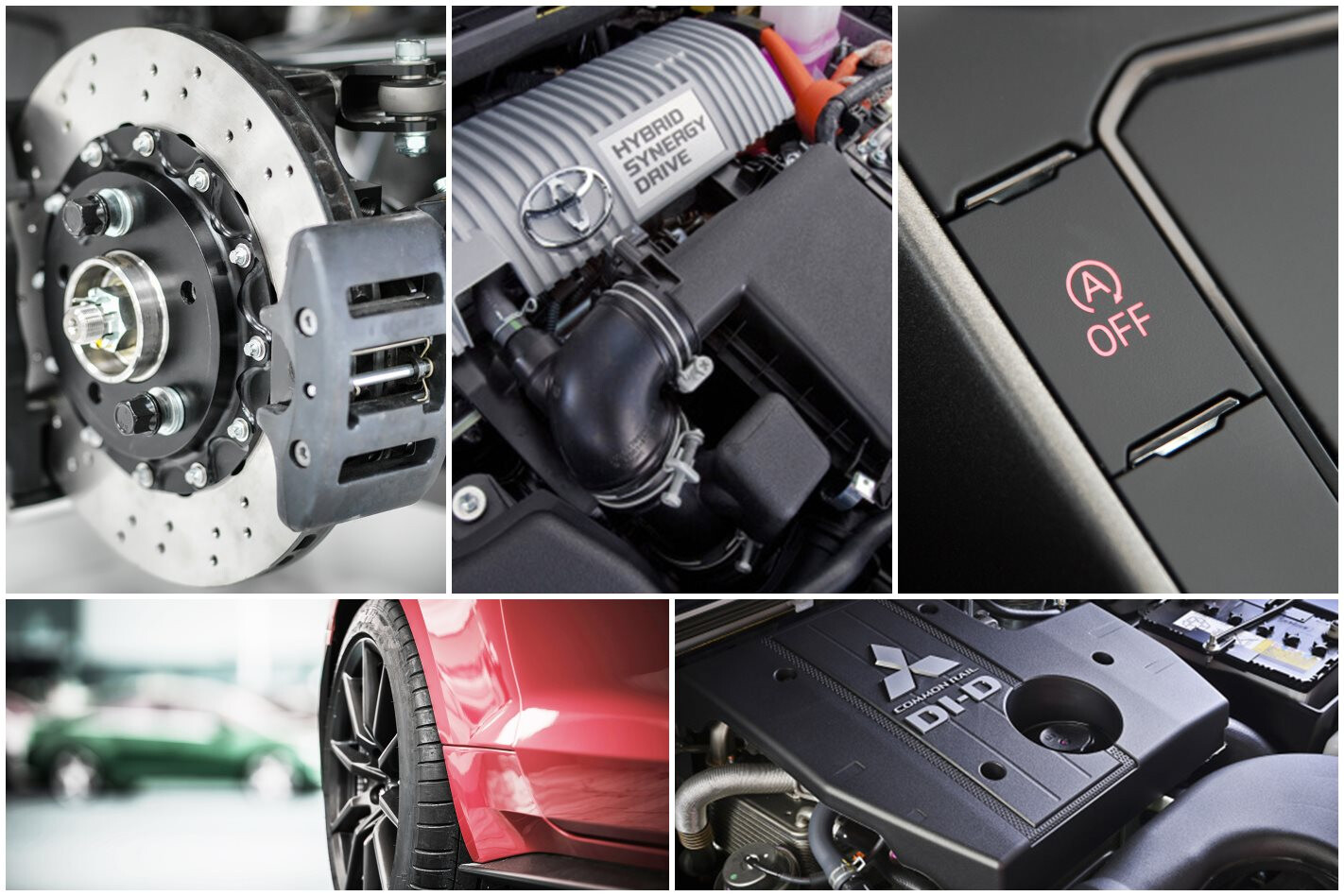
If you know your CVTs from your DCTs, or kilowatts from your newton metres, then read no further. That wonderful youth spent rifling through car magazines and tinkering with that Datsun 120Y in the back shed will likely render this article irrelevant.
But if you aren’t as keen on keeping up with the automotive world as others and feel maddeningly confused when car slang is thrown around ad-lib at the car dealership, then feel better in the knowledge that you are in the majority.
Still, knowledge is power – just like kilowatts and newton metres – so read on for easy explanations of common but befuddling car terms.
ADAPTIVE CRUISE CONTROL (ACC)
Adaptive Cruise Control works like regular cruise control, but uses radars and sensors to automatically slow and even stop the vehicle when it approaches traffic. ACC systems can also speed the car back up to the set speed once the traffic has cleared.
ANTI-LOCK BRAKES (ABS) If you stamp on the brake pedal of a car without ABS, the wheels will lock in place, the grip of the tyre will be overwhelmed, and the car will skid straight ahead. Anti-lock brakes prevent this by pulsing the brakes on and off automatically at the first sign of a lock-up. Modern cars worth their metal will have ABS as standard.
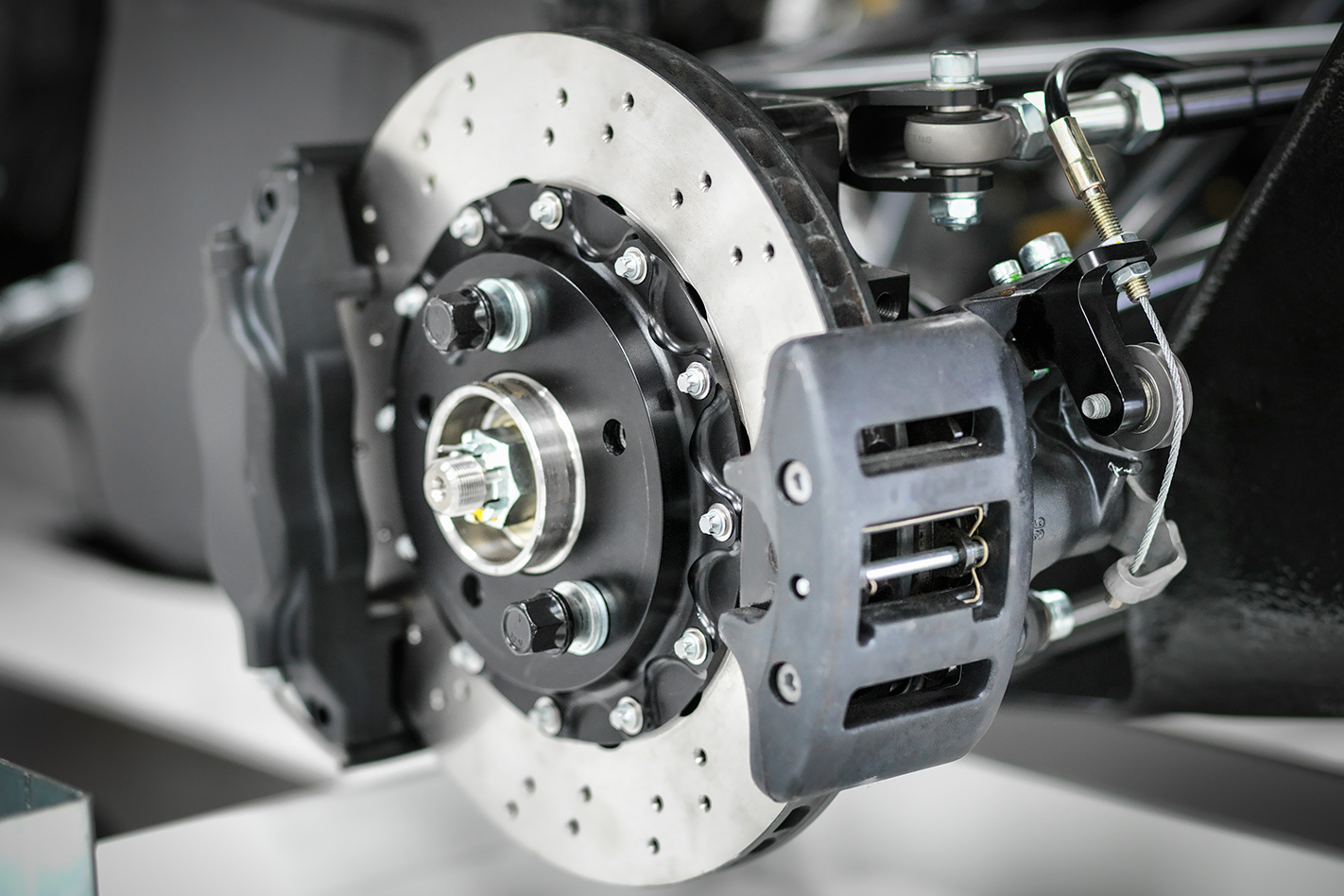
AUTO EMERGENCY BRAKING (AEB)
AEB or Auto Emergency Braking is a system designed to automatically stop the vehicle if a hazard is detected and the driver doesn’t act. The system works by using cameras, sensors and radars to detect vehicles and other hazards. If the system detects something that the car is at risk of hitting it will first give audible and visual warnings to the driver, if the driver doesn’t brake then the car will apply the brakes to avoid the collision.
CHASSIS The chassis is the mounting structure for all of the major components including the frame, suspension and wheels, and engine. In other words, it’s the spine of the car.
COMMON RAIL DIESEL (CDD/CRDi) Instead of a pump that sends fuel to each cylinder, a CRD system uses a single fuel rail controlled by a more sophisticated unit that can dole out higher pressure fuel delivery to optimise performance, offer a smoother running engine and provide better fuel economy.
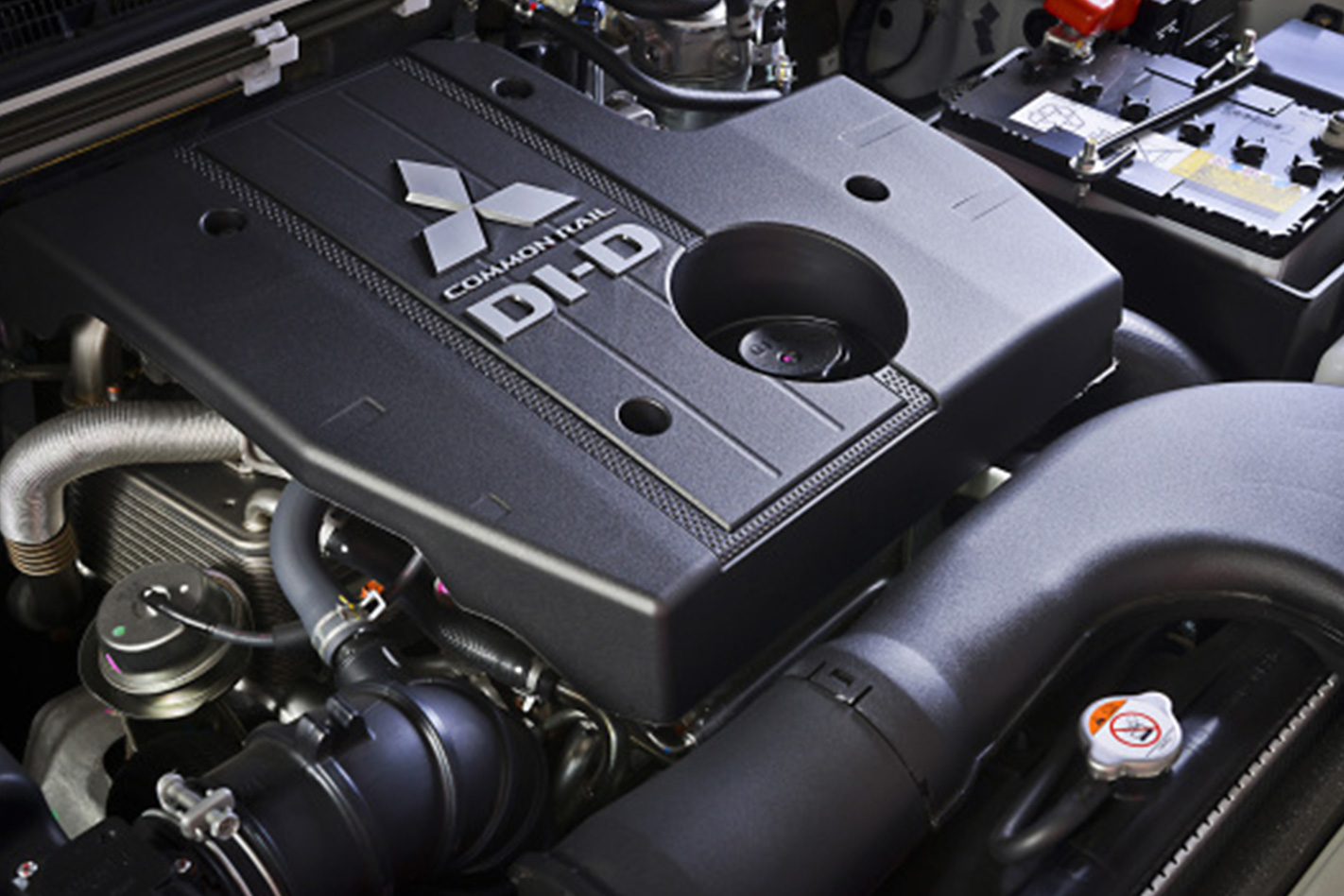
CONTINUOUSLY VARIABLE TRANSMISSION (CVT) A CVT is a gearbox without actual gears. A typical gearbox has a set of gears, which enable the engine to deliver its power to the wheels at various speeds. A CVT does away with traditional gear sets in favour of a pulley system. This is why a CVT doesn’t have any hesitation as the gears are changed; it feels like a rubber band is stretching as the speed increases, offering seamless acceleration. It can be less responsive (and less gutsy) than a traditional auto, though.
The CVT has won favour over the last decade, however it isn’t new technology – Leonardo da Vinci designed a continuously variable transmission back in the 1500s!
CYLINDERS A sealed enclosed chamber in an engine where the combustion happens.
DRIVE RANGE
This term is most commonly associated with hybrid and electric vehicles. In an electric car, drive range is how far or how many kilometres the car can drive before it runs out of power or electricity. In a hybrid car the electric drive range refers to how far the car can drive on electric power only, not including the combustion engine.
ENGINE TYPES: INLINE, V AND FLAT There are three main types of engine configurations. The two most common are inline and V.
An inline engine has its cylinders lined up in a row. This is a compact block that’s great for smaller cars, and its inherent balance means it delivers power smoothly.
A V engine, ie a V8, has two rows of cylinders shaped like a V. It can fit more cylinders into an engine bay – it is much easier to fit a V12 than an inline 12 into the engine bay of a modern production car – so larger engines are typically a V configuration.
The third main engine configuration is a flat, or boxer engine (think Porsche and Subaru). It has its cylinders arranged in two rows, but instead of the cylinders pumping up and down, they pump side to side – like a boxer jabbing at an opponent. Its configuration makes it more compact and it can sit lower in the engine bay, helping the balance of the car.
ENGINE SIZE Also called displacement, the size of an engine is defined by the space inside the cylinders. A two-litre four-cylinder engine has half a litre of space in each cylinder for fuel to be combusted. The more space for combustion, the more power it will produce.
EXHAUST Exhaust leaves the cylinder via the tailpipe or exhaust pipe when the piston ends its explosive journey and returns back up the cylinder, opening the exhaust valve.
FUEL INJECTION An efficient electronic system that measures and mixes fuel with air for the engine to combust.
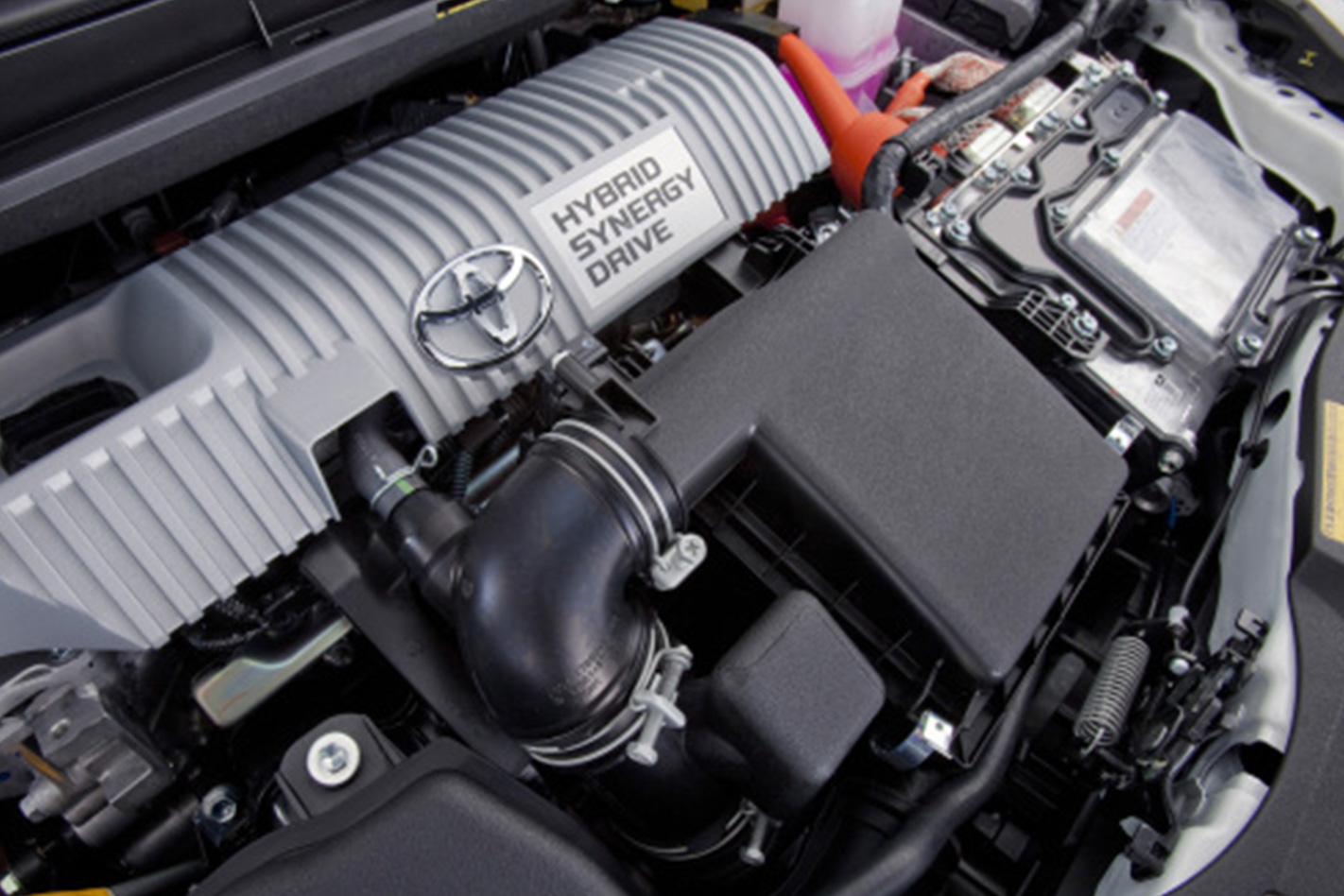
HYBRID ENGINE
A hybrid engine uses both a traditional combustion engine (petrol/diesel) and an electric motor. Most hybrids have the ability to run on electricity only, though the drive range is normally limited.
INLINE ENGINE See Engine Types.
INTERNAL COMBUSTION ENGINE Put a small amount of high-energy fuel (like petrol) in a small enclosed space, light it and it will release a huge amount of energy as a gas. The internal combustion engine harnesses that energy to propel your car forward.
KEYLESS ENTRY
Keyless entry allows the car to be unlocked and opened without using the keys. The car can detect when the keys are in close proximity and will allow the driver to simply open the door, with the keys still in their pocket.
LANE-KEEP ASSIST OR LANE DEPARTURE WARNING
Lane-keep assist or lane departure warning are systems designed to help keep you in your lane. By using cameras and radar the vehicle will alert you with visual and audible warnings when you stray from your lane. Depending on the system the car may also steer itself back into the correct lane.
OVERSTEER Think of those swashbuckling movie chase scenes. Oversteer is when traction at the rear wheels is lost, and the back end of the car tries to take over the front, hence its name.
Performance cars aside, most production cars are built to understeer as this is the easier slide to control for the average punter.
PISTONS Inside the cylinders [see cylinder] move down the cylinder to let the air and gas in then push back up the cylinder to compress the fuel/air mix so that when the spark ignites it, the explosion is more powerful. That explosion drives the piston back down the cylinder and a crankshaft attached to the piston transfers that energy to the wheels via rotation.
POWER AND TORQUE There is a wonderful adage that demystifies power and torque figures: power gets you to the hill; torque gets you up it.
Both are measured at their peak by the revolutions of the engine, or rpm (revolutions per minute).
Take note of the power and torque figures when directly comparing different models. A car with more torque will be easier to drive around town, as you do not have to wait for the revolutions to rise before changing gear. This is particularly important if it is a manual, as good torque means less shifting to keep it in the sweet spot. A car with more power will typically be swifter and more responsive once you’re already moving.
STOP-START
A system that automatically turns the engine of when the car is idling or stationary, for example when the car is stopped at a red light. Once the driver takes their foot off the brake the car will automatically start again. This system saves fuel and reduces emissions.
TORQUE See Power and Torque.
TURBOCHARGER Turbochargers are a type of forced induction system on engines. A turbo, or turbine unit, forces more air into the cylinders of the engine, allowing more fuel to be added to the mix and ignited. This produces more power and torque.
A turbo is an ancillary part, so can be added to an engine to make it more powerful; many car models have a non-turbo, or naturally aspirated model as well as a turbo model to choose from.
The extra juice comes at little expense, doesn’t add much weight, and these days, can even produce better fuel economy than a non-turbo model.
TYRE TREAD The rubber part that connects with the road – over time, this decreases.
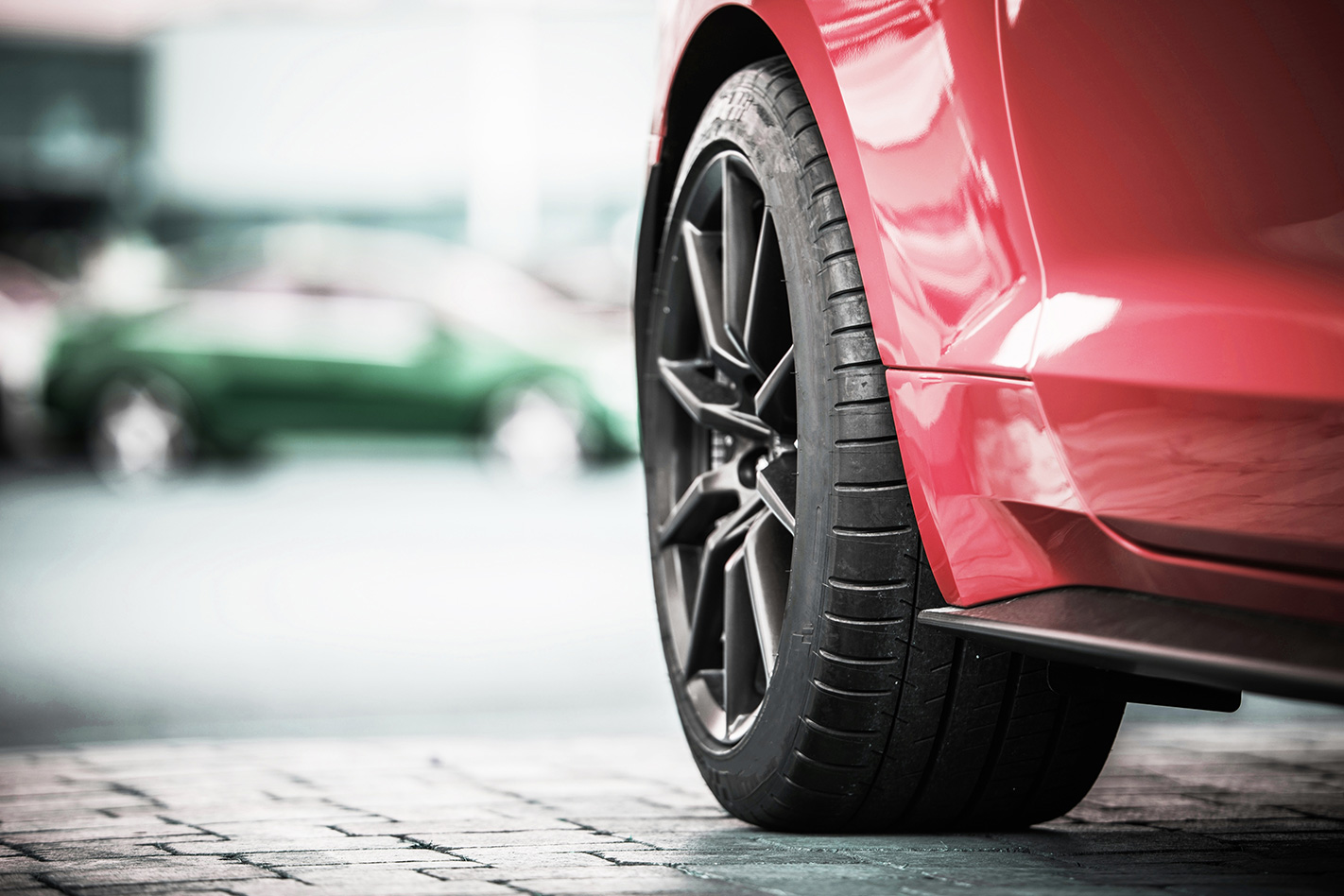
TYRESHOULDER The shoulder is the area on the edge of the tread, between the tread and the sidewall (those smooth bits that connect with the alloy).
UNDERSTEER Understeer is when the front wheels lose traction or grip, usually when speed combined with steering lock overwhelms the grip of the tyre. The wording is quite literal – no matter how much steering lock is applied, the car will not steer (or under-steers). Instead, it pushes wide or ploughs straight ahead because grip has been lost.
VIN (VEHICLE IDENTIFICATION NUMBER)
The VIN or Vehicle Identification Number is a unique code that is the automotive equivalent of a birth certificate. The VIN consists of both letters and numbers, from which you can determine who manufactured the car, when and where. On a used car the VIN can be checked to see if the car has been stolen, damaged or written off.



